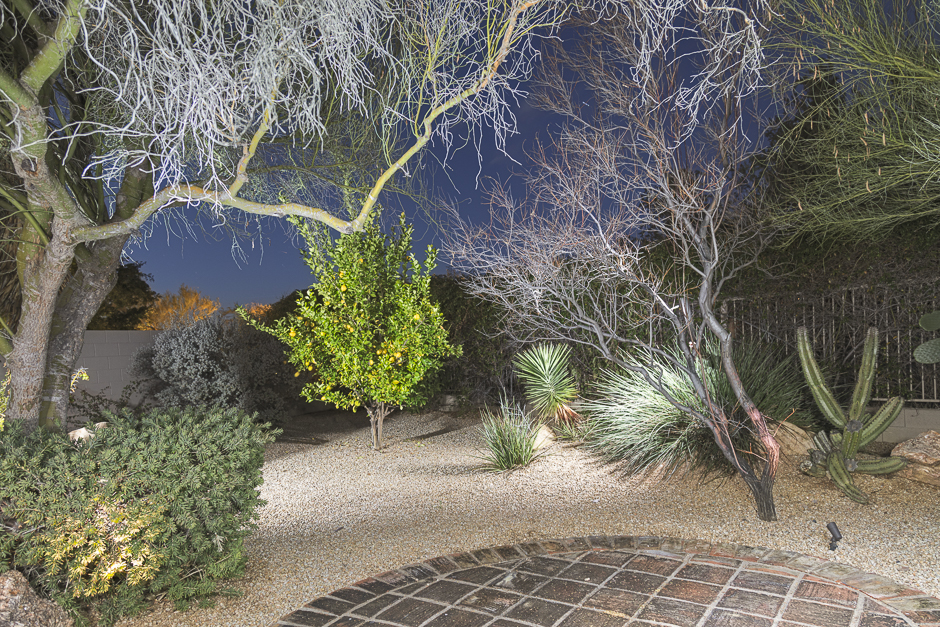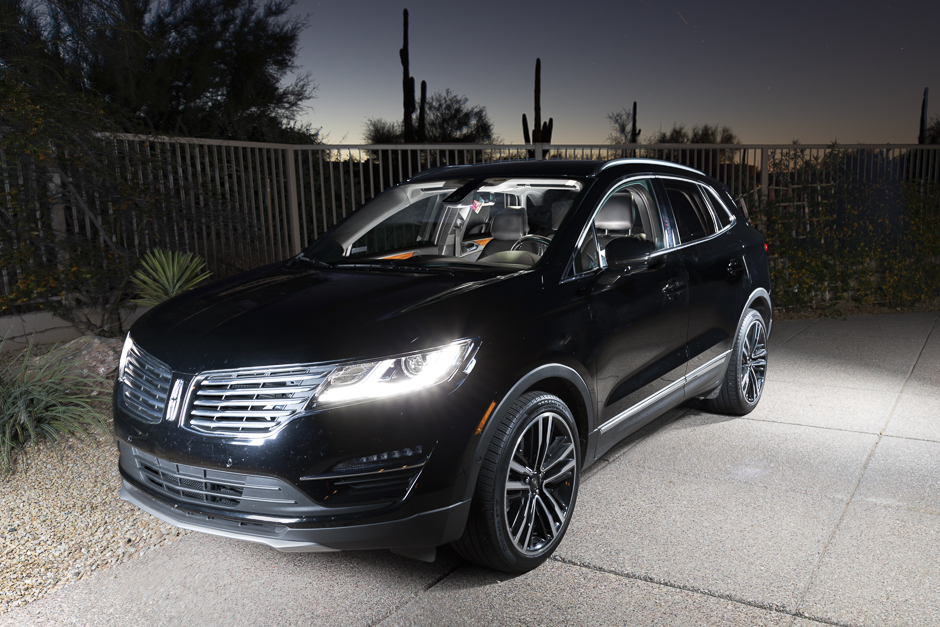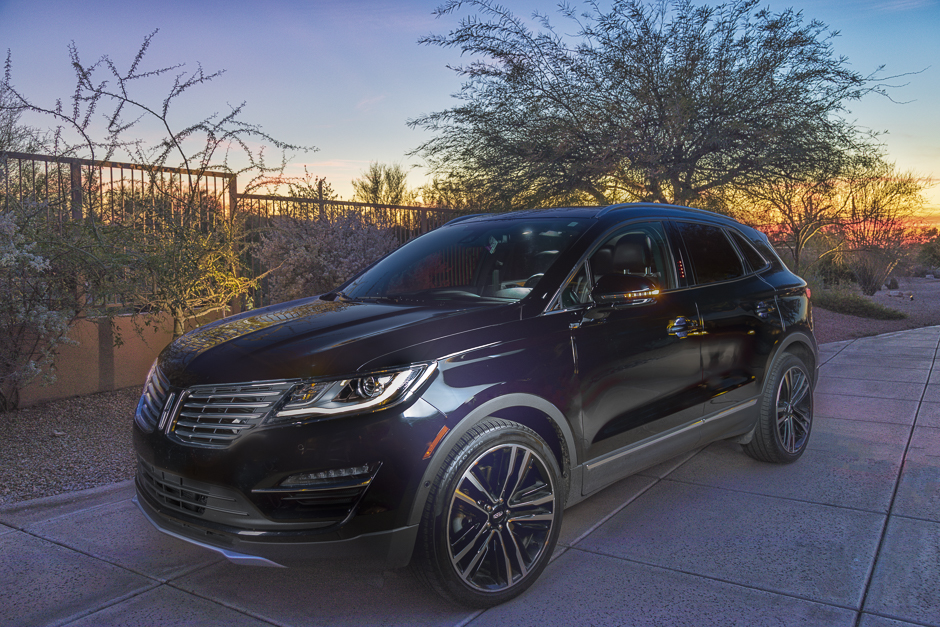“Light painting, painting with light, light drawing, or light art performance photography are terms that describe photographic techniques of moving a light source while taking a long exposure photograph, either to illuminate a subject or space, or to shine light at the camera to ‘draw’, or by moving the camera itself during exposure of light sources.” -Wikipedia
I’ve been working with a form of light painting which involves taking multiple frames of the same same subject, illuminating different areas in succession. The resultant images are subsequently combined to produce a single, composite photograph.The masters of this technique have been known to use hundreds of images!
today’s first picture, is a scene from our backyard featuring a lemon tree, accompanied by some cacti and shrubbery, and framed by some trees. They have been blended together like a multi-level jigsaw puzzle to create this single, composite photograph. (More about how that’s done later, for those who really want to know).

The next picture is another composite, photographed in the early morning when it was very dark. I used 12 shots in total. One shot was lighted by switching on the trim lights surrounding the headlights and two shots exposing the interior were illuminated by placing my light wand face up on the front seat and then on the back seat.
After completing the light painting, I took a pause awaiting the onset of the sunrise. I then took a single background shot showing the saguaro cacti and the first glow of sunlight, using natural illumination only.

Today’s final photograph was taken a couple of days earlier at sunset. The process was the same but I began painting before it was really dark. As you can see, it’s a much different looking image. I learned from this experience, things that helped me considerably with the “Early Morning” picture, above. Firstly, don’t do this when the light is changing. I found myself constantly adjusting exposure. Secondly, be mindful of unwanted light sources such as landscape lighting. I spent considerable time removing extraneous light reflected in the shiny finish of the car’s paint.

The composite image is created in Photoshop. The first step is to stack the images, preferably in the sequence they were taken. Next, the images are blended in a manner that allows only the light areas of each stacked image to show through the images above it. The light areas of all images will ultimately show through, creating a single composite image at the top layer. Obviously, care must be taken to ensure that all areas of the image that you want illuminated have in fact been created and included. Otherwise, it’s like missing a piece of a jigsaw puzzle. Equally important is that all layers be perfectly aligned.
There may be things you wish to correct, such as extraneous light. This is accomplished by painting with black on the white mask attached to the layer where the unwanted light resides. The black-painted part of the mask hides the extraneous light and enables the corresponding content of the layer beneath to show through.
So why do all this? Why not a single image illuminated by a flash or painting only a single image? These are valid techniques used all the time. Painting individual areas allows the photographer to control the light and shadows in the image very precisely. Each area can be lighted differently if desired and the shot can be repeated to create options. The number of images used to create the composite is practically unlimited, providing choices among the images to be used.
Lastly, the better an image is illuminated, the better the detail is exposed. That’s the ultimate advantage of using this method.
My thanks to Harv Emter who’s taught me a lot about light painting and helped me put this blog post together.
